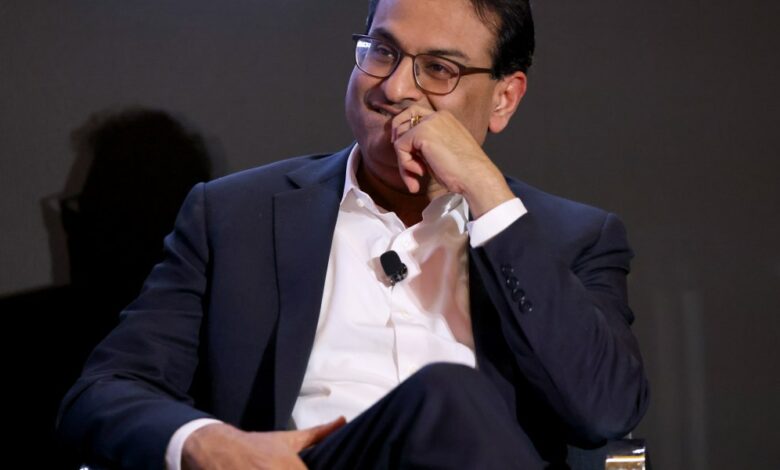Starbucks earnings disappoint: Coffee customers frustrated by morning wait times


Starbucks was something of a victim of its own success last quarter, with its CEO saying that loyal customers are backing out of purchases because of long wait times and product availability.
In its Q2 2024 earnings call yesterday Starbucks confirmed net revenue was down 2% to $8.6 billion, citing a “complex operating environment.”
CEO Laxman Narasimhan kicked off the call by making it clear he wasn’t thrilled with the results, telling investors: “Let me be clear from the beginning. Our performance this quarter was disappointing and did not meet our expectations.”
A cocktail of issues contributed to the results, but Narasimhan highlighted a particular phenomenon among loyal customers who have downloaded the Starbucks app, but are abandoning their orders before purchase. More than 60% of Starbucks’ morning business comes from reward members who use the company’s app—many likely on their commute and in need of their first hit of caffeine.
“What’s interesting though, despite strong mobile order and pay (MOP) sales, we saw a mid-teens percent order incompletion rate within the order channel this past quarter,” he added. “In other words, customers using MOP put items into their cart and sometimes chose not to complete their order, citing long wait times of product and availability.”
The maths equates to between one in seven or eight customers giving up on their order because of how busy their particular Starbucks cafe is.
Narasimhan, keen to ensure those customers stay, laid out a number of ways the brand is increasing efficiency to speed up shopper’s experiences.
The first is the continued rollout of the world’s second-largest restaurant chain’s “siren system,” a drinks machine which has custom ice and milk-dispensers with a series of blenders all within easy reach of a single barista.
These efficiencies are being combined with increasing supply availability, he said.
“Another reason customers choose not to complete their order is product availability,” he explained. “For example, our potato cheddar and chive bakes were a big hit with customers. But demand was so strong that we are currently only able to offer them in 2,000 of our U.S. stores.”
As a result, the Seattle-based business is ramping up supply chain investments to ensure the brand’s most popular products make it into the hands of the customers with the demand.
Cautious consumers
While efficiencies and supply-side issues are under Narasimhan’s control, he made it clear some headwinds don’t fall under his remit.
Among those factors is the “cautious consumer,” particularly affecting “occasional customers.”
“A deteriorating economic outlook has weighed on customer traffic and impact felt broadly across the industry,” he added.
The story was similar at McDonald’s, which also posted its earnings for the first quarter yesterday.
The fast food giant said low-income consumers in the U.S. are pulling back. CEO Chris Kempczinski said: “As consumers are more discriminating with every dollar that they spend, we will continue to earn their visits by delivering leading, reliable, everyday value and outstanding execution in our restaurants.”
While bank CEOs say consumers generally are still holding up fairly well, it is these customers at the lower end of the income scale who have begun to falter first. As Citigroup CEO Jane Fraser put it, this is where the “cracks” are beginning to appear.
Overnight demand
Aside from the mornings discussion, Narasimhan highlighted that overnight demand also offered some opportunities.
Currently unmet overnight demand is a “tremendous and untapped incremental opportunity,” he said.
In Q1, Starbucks announced a pilot partnership with retail delivery company GoPuff, which meant customers could get their hands on orders outside of the company’s normal trading hours of 5pm to 5am.
“During this pilot test, we doubled our business,” Narasimhan said. As a result, he added: “We are aggressively pursuing options to build a $2 billion business over the next five years.”
Another opportunity outside of the weekday commuter? Weekends. Which is why Narasimhan said the company is looking to cater to the demographic of families which are increasingly visiting on Saturdays and Sundays.
“We are working to realize this demand potential to new product offerings, collaborations, marketing, and enhancements to the store experience,” he added.
Source link




